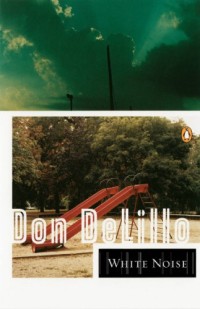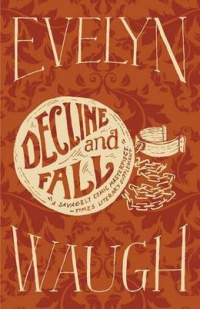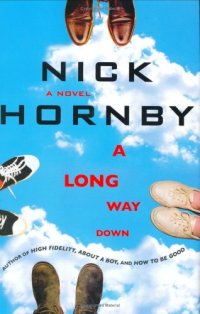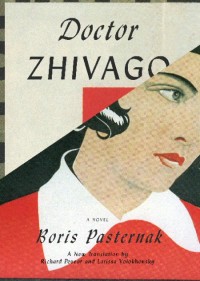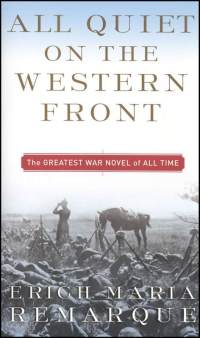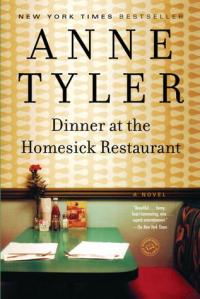 Title: The Remains of the Day
Title: The Remains of the Day
Author: Kazuo Ishiguro
Year: 1988
Publisher: Faber and Faber
Date Read: March 8, 2013
Goodreads Rating: ~ 8.0 / 10
My Rating: 8.5 / 10
The Remains of the Day, Kazuo Ishiguro’s (1954 – ) third novel, is impressively subtle in the way its plot unfolds. The reader is immediately introduced to the protagonist, James Stevens, who is frequently referred to as only Stevens. The entirety of the novel is told from his perspective, and Ishiguro demonstrates his full capability of drafting memorable characters through him. Stevens is the head butler of Darlington Hall, the previous residence of Lord Darlington, now under the ownership of a Mr. Farraday. Stevens, after noticing minute mistakes that he’s been making in his work routine at the manor, agrees to take a vacation to visit with a former coworker, Miss Kenton, or Mrs. Benn. The story frequently cuts back and forth between Stevens’ analysis of his current trip and recollections of his time spent serving Lord Darlington.
I initially thought that Stevens’ flashbacks were used to simply provide an in depth characterization of the butler, and I became more concerned as the novel progressed because little seemed to be happening in the present in the novel. I remember thinking to myself for almost half of my reading This novel is hardly progressing and is, instead, lingering in the memory of this character. However, after reaching a certain point, the actual intent of the plot line became much more clear, which is why Ishiguro’s style is so compelling. By understanding everything that Stevens values in his occupation, life, and personality through his recalling the past, the impact of singular events of his present journey become so much more significant. Stevens finally meets with Miss Keaton with only a few pages of the novel to spare, and, by this point, the reader is fully aware of why his identity and sense of purpose seemingly become shattered, or at least disassembled, in this encounter.
Stevens explains what he values in a butler, and occasionally in any individual, in his defense of his father, his employer, and himself. The reader comes to sympathize with Stevens, especially considering how realistic and sensible the main character is. However, Stevens reveals how flawed his logic is – he tries to be as professional as he possibly can, at the cost of having any individual personality or opinion. He praises himself for the majority of the novel, claiming that his professionalism perhaps made him “dignified,” but as the novel advances, he feels the need to defend the actions of his former employer, Lord Darlington. In his defense, he comes to realize how futile the efforts of Lord Darlington were in regard to the reputation the Gentleman eventually received. Because of this, he questions whether or not he actually served his employer loyally – by not having any judgement of the man’s actions – and whether or not his life served any real purpose. All of these identity crises are catalyzed by the encounters that Stevens has on his trip, and especially so by his awaited encounter with Miss Keaton.
Ishiguro fantastically keeps the climactic series of realizations in the back burner of the reader’s mind, allowing him or her to make conclusions naturally, instead of force feeding every major plot point. The characterization in the novel is incredibly indicative of how a reader would expect an individual in each character’s position to behave. His subtle method of introducing ideas to the reader without overtly stating the purpose of each one is also very well done, making this novel a great process of discovery and disclosure. Ishiguro, in a telling narrative, shows the struggle between priding oneself in the professional world and maintaining a healthy personal life.
“I did perhaps display, in the face of everything, at least in some modest degree a ‘dignity’ worthy of someone like Mr Marshall – or come to that, my father. Indeed, why should I deny it? For all its sad associations, whenever I recall that evening today, I find I do so with a large sense of triumph.”
“It is essential, then, to keep one’s attention focused on the present; to guard against any complacency creeping in on account of what one may have achieved in the past.”
Buy or see this book on Amazon
 Before I begin, I feel the need to state that I whole-heartedly enjoyed the Harry Potter movies. The directors did an excellent job of cutting everything that they could to fit such detailed and extensive narratives into 2 to 3 hours of cinema. Several sub-plots were eliminated to make room to highlight the most important moments of each year of Harry’s time at Hogwarts, and each film was a great showcase of J.K. Rowling’s talent as a creative storyteller.
Before I begin, I feel the need to state that I whole-heartedly enjoyed the Harry Potter movies. The directors did an excellent job of cutting everything that they could to fit such detailed and extensive narratives into 2 to 3 hours of cinema. Several sub-plots were eliminated to make room to highlight the most important moments of each year of Harry’s time at Hogwarts, and each film was a great showcase of J.K. Rowling’s talent as a creative storyteller.